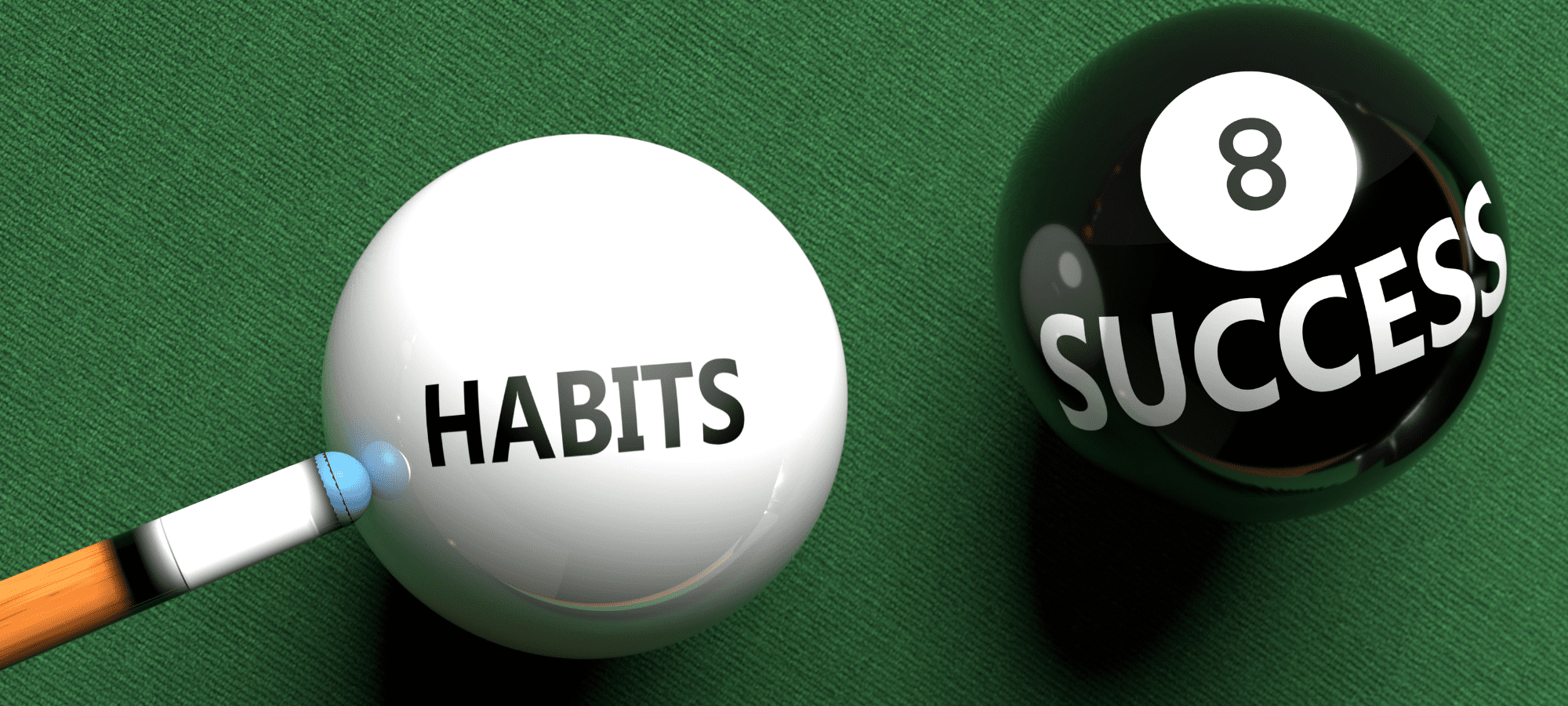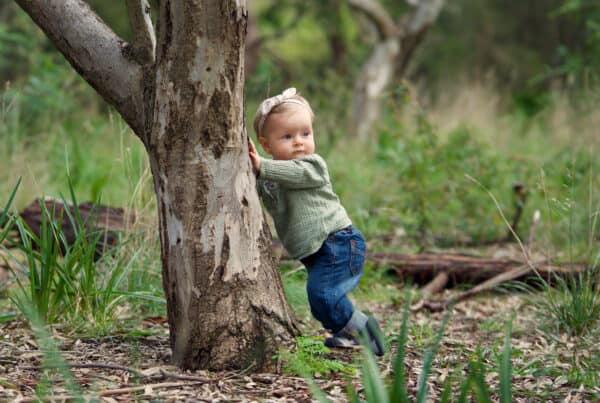What is a Habit?
A habit is an automatic response to a cue, constituting our everyday life. For example, I just picked up my coffee cup to have a drink and realised it was empty; I had already drunk the whole cup without even noticing. The cup was beside my laptop (cue), so I automatically drank it (response). After drinking the coffee, I perceived a pleasant taste as a reward.
Each reward strengthens the link between the cue and the response, and researchers believe that more than 40 percent of our actions are automatic behaviours. Understanding how and why our brains function this way will help you change habits and perhaps influence the habits of others in your life too.
Why Do We Have Habits?
Habitual behaviour is an adaptive mechanism that allows us to concentrate on other things. Think about everything you do subconsciously; making coffee or tea, driving to work, showering, brushing your teeth, etc. Our brains evolved this mechanism because the amount of information we can consciously think about with our working memory is limited. In fact, it is limited to about seven items at one time, meaning that if we could only do things within our working memory capacity, we wouldn’t even be able to walk or make a cup of coffee while chatting to someone!
Luckily our brains can learn to do things on autopilot. An example of this is driving. When you first learn to drive, it takes all your working memory; brake, clutch, steer, indicate and check mirrors. We can’t chat or think about anything but the processes involved in driving. Once we are familiar with the processes, they become automatic or habitual. As a seasoned driver, you may have noticed that when you see a stop sign ahead, you release the accelerator, gently press the brake and check the rear mirrors, all while chatting with your kids in the back seat.
How Modern Technology Affects Our Habits
Our modern lifestyle and constantly evolving technology plays havoc with our habits and routines. Many modern devices use compelling cues to trigger behaviours and reward them by reinforcing habits. One example is social media networks. They cue you through a notification that a friend or someone you follow has posted something or reacted to one of your posts. You then automatically click on the notification, and usually, there will be an emotional response to your friend’s post, the like, or the comment; this reinforces your habit. Of course, now that you’re on the app, you get fed more content that attracts your attention and holds you there. These apps then monitor how much time you spend looking at your feed which they use to sell advertising space. And, as I’m sure you have noticed, we all get stuck in cyberspace. This affects productivity, resilience, curiosity, creativity, innovation and mental health.
Why are Good Habits and Patterns Important?
Imagine that you design your world so that it gives you cues to do positive things automatically throughout your day. How healthy and productive would you be? And now, imagine you do the same thing for your kids. There is no cleaning up after them, no need to remind them to do homework and no arguments about messy rooms. Unfortunately, our world is very complicated, and it is difficult to design it entirely for good habits. Nevertheless, we can take steps in that direction.
How to Get Your Time and Productivity Back
Removing behaviour-triggering cues is the easiest and most effective method to eliminate a habit.
Most people and programs work on the behaviour itself, but by removing the cue, the behaviour doesn’t occur habitually in the first place. This is super easy when it comes to our devices because the cue, in most cases, is the notifications. If you turn off all your notifications, you remove that cue. Without notification cues, you choose when to check your social media accounts, emails, etc. You now no longer aimlessly scroll and instead regain control.
But what about other habits that you want to eliminate? You need to think about the cue that triggers an unwanted behaviour and try to eliminate it first. If that is too difficult, you should try and make the habitual behaviour difficult. For example, to break the habit of turning on the TV when you arrive home, hide the remote control or take out the batteries. Then, when you get home, you can’t mindlessly turn on the TV. Instead, you have to think about where the remote is or how to put the batteries in. This extra effort activates your working memory and conscious choice-making.
The opposite is true of a new positive habit. Firstly, try to match it with a reliable cue and make it easy. For example, if you want to swim every morning, decide that you will get in your swimmers and go to the pool when the alarm goes off. Don’t make the behaviour that you’ll swim 1 km as this is too hard. Simply focus on going to the pool first, which is much easier and won’t take a lot of willpower. Of course, once you get there, you will probably swim. But the point is that you link your alarm going off (the cue) with a relatively easy behaviour (go to the pool). And before you know it, you will be swimming regularly.
Change can’t happen unless we take control of our habits. But some simple steps make it possible!
To learn more – listen to episode 134 on the PakMag Parents Podcast at www.pakmag.com.au/podcast





